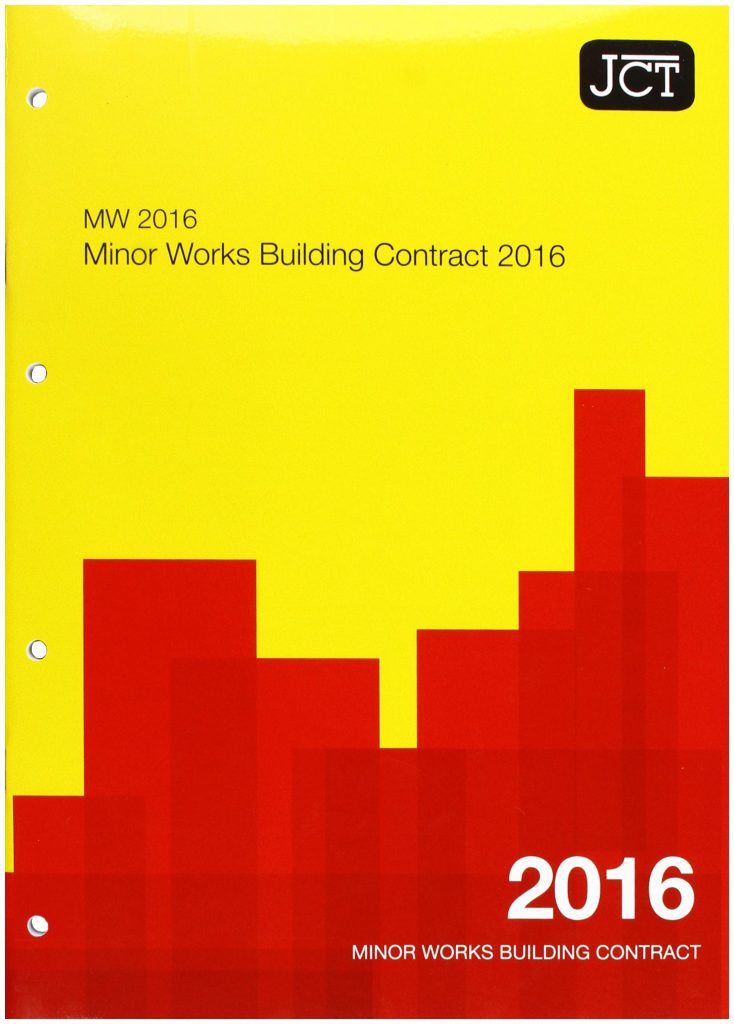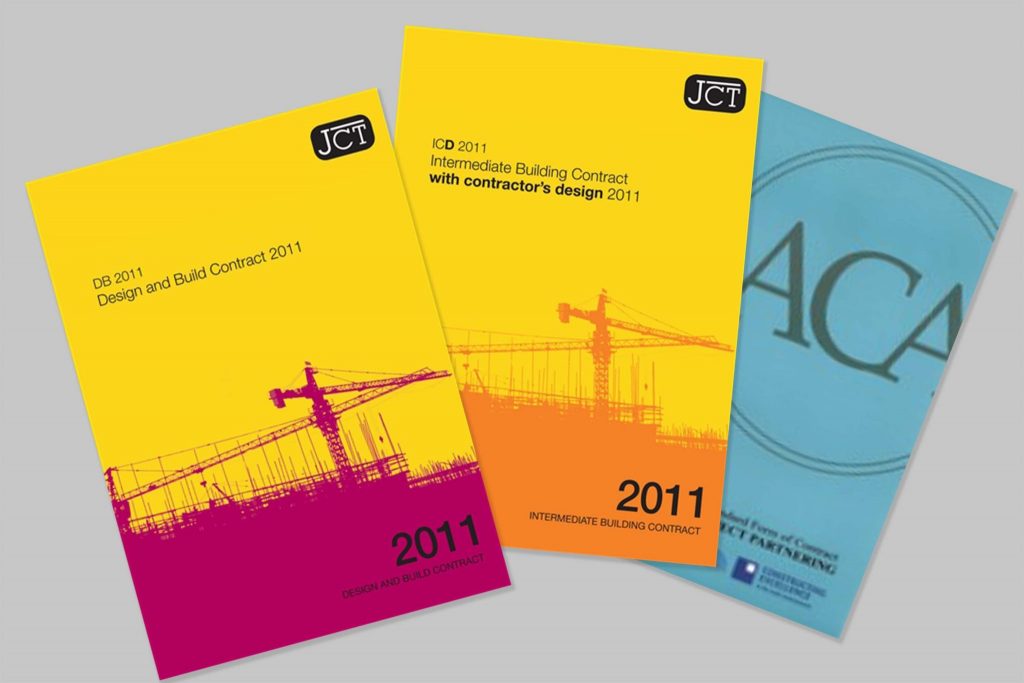Case Study – Contracts
Having recently finished Jan Knikkers’ ‘How to Win Work’, I found it especially interesting flicking through the Case Studies in the final part of the book.
Before I go any further, it’s possibly best to explain the book is great as a whole but for the purposes of this blog, I just want to consider the positive insight and my interest in the case studies.
The Case Study section in Jan’s book touches on experiences from a spread of different sized architects’ practices with different sales techniques and business approaches and asks how they win work. As a business owner in charge of new leads (a new role I find myself in), I really love this type of honest insight. In the case of generating new work, it all sounds very straightforward – go out and get it. The reality of selling services people don’t fully understand for what is usually a large sum of money (not to be confused with expensive – see previous post ‘Services’ May 2021) isn’t always simple. It takes a lot of planning, building relationships, trust, clear direction and so hearing how other people do things is always reassuring.

The Case Studies in ‘How to Win Work’ were short, precise and really informative so I decided to provide one of my own. Not about winning work, I don’t think I could do anywhere near as good a job as Jan has, but about the importance of a Building Contract.
But before I begin, in his book, Knikker has familiarised me with a new expression I was previously unaware of, the term: ‘archispeak’. This is essentially the language architects use that most people won’t understand – industry jargon between architects. He warns of using archispeak when talking to clients or end-users. And he has a point, this should be avoided when addressing anyone, not in our industry. So for the uninitiated and for the purposes of this the topic of Building Contracts it’s best to be clear.
A ‘Building Contract’ is a proprietary document prepared by an authoritative organisation (National Building Specification or Royal Institute of British Architects) to formalise the formal agreement between the client and the contractor (builder). Not to be confused with what we refer to in our office as an ‘agreement’. The ‘agreement’ is the appointment document between ourselves and our client. When studying for my final qualification to become a registered Architect, it always drove me mad that both would be referred to as a contract. Technically they are contracts or legal arrangements but I feel the term ‘contract’ and ‘agreement’ separate them nicely and save me from confusion. Therefore, I will refer to a Building Contract as a Contract from here on in.
Contracts are specifically designed to eradicate any misunderstanding between client and builder and help deliver both sets of expectations. All contracts cover the start date, end date, reference information about the building design, state the cost of the building, any details of penalties for late delivery and additional items or omissions. All pretty standard stuff and, to some degree, obvious. Trying to deliver a building without this mutual understanding is a nightmare and can prove very costly if exceptions are not met.

In most cases, when delivering a Building Contract it must be run by a ‘Contract Administrator’, someone who administers the contract. Be careful, some people mislabel the person in charge of the contract as a ‘Project Manager’ because both roles involve inspecting the site. This isn’t the case. A Project Manager has a different role (for another blog maybe), although he can run the contract.
The contract is usually run by a Quantity Surveyor, the client’s agent, an Architects or, as previously mentioned – a Project Manager. I am still of the opinion that the Architect is best placed to administer the contract. After all, who knows the design of a building better than the designer and who has the greater incentive to deliver what has been designed.
There are many types of Procurement methods (how to deliver something, in this case, buildings via a contract) in the building industry, such as Management Contracts or Design & Build Contracts. These contracts rely on giving greater responsibilities and different roles to different professionals. For example, a D&B contract puts greater emphasis on the contractor’s design element of the build.
As a practice, Walters Architects mainly use what is referred to as a ‘Traditional Contract’ provided by NBS (different contracts for different size projects). For smaller domestic works, we use a RIBA Domestic Contract. In this particular example, I will discuss the Contract Administration of a small Domestic Contract where we intended to use an NBS Minor Works Contract (suitable for works up to £250K).

A few years ago we were asked to undertake a full services appointment by a client which involved obtaining Planning Permission, gaining Building Control approval, going to competitive Tender (3 builders for costs) and running the contract on site.
All went well with a difficult and complex design. The client was delighted with the scheme and Planning permission was secured. We continued the detailed design and achieved Building Control approval without issue.
The Tender process was a little more tricky as the client wanted to use a builder they knew and didn’t want to go to three separate companies. Unfortunately, the preferred builder’s price was too high due to the size of their substantial business. This was the first example of why you should use an Architect during the Tender and Contract stages of a project, they help select an appropriate contractor for the job. Thereafter, Walters Architects suggested 2 other builders we knew and a third, neither of us had worked with previously.
The Tenders were returned and the builder we hadn’t worked with previously won the project. At this point it is important to say, we did have previous references and had visited previous works. It should also be noted that the contractor was quick to push their awards from a well-known building directory. A directory the builder paid to be a part of (we have learnt by this).

Initially, the contractor was very helpful and eager to get on. Following the Tenders, we were quick to remind both parties that we had not completed all the Contract information and the works should not commence until the contract was signed. Our advice was totally ignored and the client and contractor decided (at a meeting I attended) to start the initial ripping out works and to sign the contract later. This was (and always is) a mistake.
Every time the builder ripped a ceiling down or a floor up he found a problem not covered in the design or specification. He would then inform the client he hadn’t been allowed to deal with his findings and so refused to sign the contract in case he was tied to the priced amount. We explained that all unknowns would be dealt with as extras to the contract but the builder seemed to be non-appreciative of these standard arrangements. In the end, he convinced the client that a contract was a waste of time and they could work together as issues arise without the architect’s continued involvement. In fact, they promoted the idea that they would be saving the client money.
Eventually, and understandably, the client felt they no longer needed our services and/or a Contract and were happy to proceed with the builder as they went. After all, it was the builder undertaking the work, not us (a common opinion, unfortunately).
Needless to say, things soon got out of control. We worked with another subcontractor on the site and he informed us that the builder bad-mouthed the practice at every opportunity, delays were incurred and, of course, additional charges continued throughout the project.
Obviously, without an architect in place, the client (no experience with domestic construction) was purely at the mercy of the builder. Who could they go to ‘price check’ additional works, who scheduled in the delays and who was controlling the overall cost? Essentially, the builder could do whatever he pleased and could charge anything he wanted.

We kept an eye on the project from a distance, purely for our own education. Needless to say, the project went well over the program and we were reliably informed it went well over budget.
The builder has posted images on their Instagram page so we know our design was delivered. It was only the time scale and budget that ran away. If the client had just continued with the contract, I guarantee the project would have gone the same way as the Planning, Building Control, and the Tender process. Our Contract Administration fee was approximate 1.5% of the total build cost. We have it on good authority the additional build price went well over 20%.
My advice to clients is always the same, have a contract in place. You would not buy a small domestic electrical item without some sort of customer guarantee so why would you chance an unqualified stranger ripping half your house down then holding you to ransom to put it back together again, all without any legal documentation in place. It would certainly be difficult to understand why anyone would want the person in charge of ‘extras’ leading the project but people do.
This whole approach to contracts is short-sighted. If you don’t want an architect to undertake the role, there are plenty of Homeowner Contracts for the smaller projects which the client can administer themselves. Please, think about it before you proceed. What protection do you have, what experience do you have, what if it all goes wrong? People proceeding do so at their own risk, unfortunately.
If you’d like any further information on contracts please visit architecture.com or the NBS websites. Alternatively, give a professional a ring and talk it through. They are usually happy to give initial advice for free so you don’t make any mistakes.

